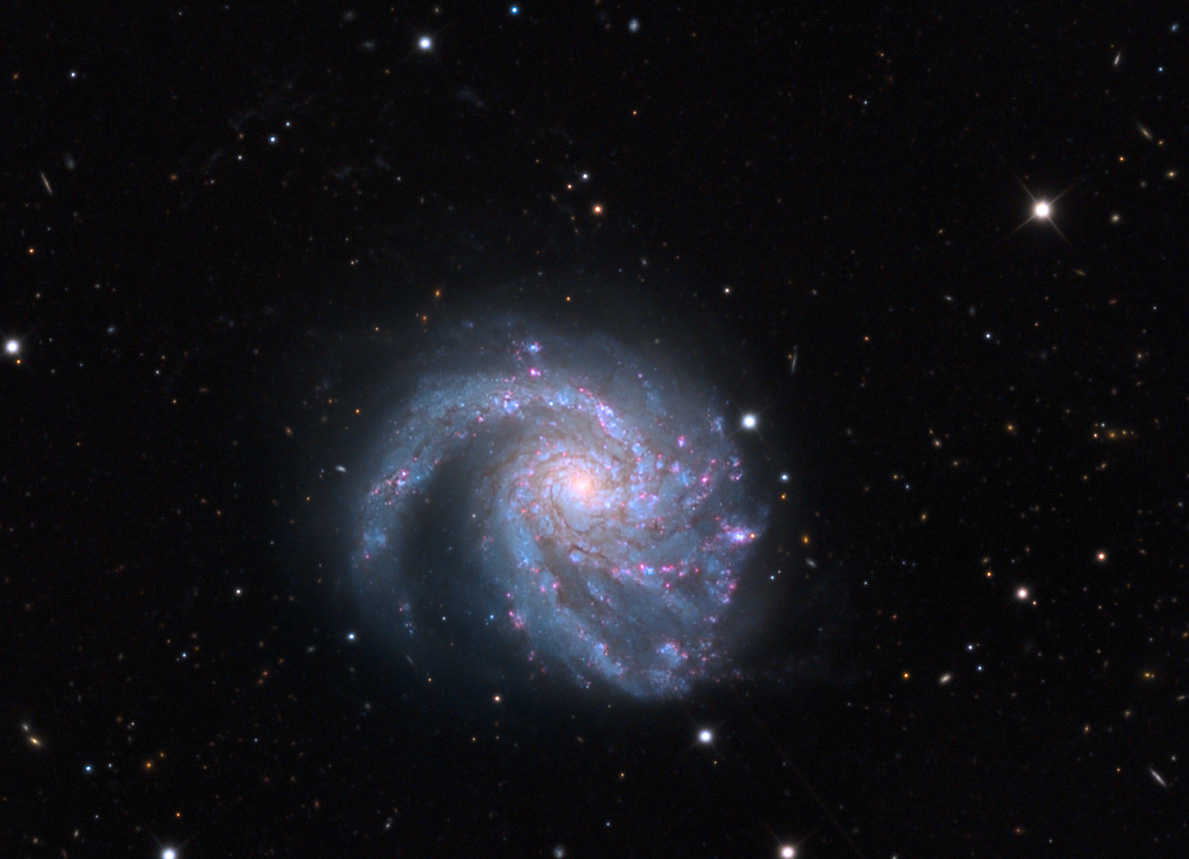APOD: Markarian's Chain to Messier 64 (2017 Jun 24)
Posted: Sat Jun 24, 2017 4:08 am
 Markarian's Chain to Messier 64
Markarian's Chain to Messier 64Explanation: Top to bottom, this colorful and broad telescopic mosaic links Markarian's Chain of galaxies across the core of the Virgo Cluster to dusty spiral galaxy Messier 64. Galaxies are scattered through the field of view that spans some 20 full moons across a gorgeous night sky. The cosmic frame is also filled with foreground stars from constellations Virgo and the well-groomed Coma Berenices, and faint, dusty nebulae drifting above the plane of the Milky Way. Look carefully for Markarian's eyes. The famous pair of interacting galaxies is near the top, not far from M87, the Virgo cluster's giant elliptical galaxy. At the bottom, you can stare down Messier 64, also known as the Black Eye Galaxy. The Virgo Cluster is the closest large galaxy cluster to our own local galaxy group. Virgo Cluster galaxies are about 50 million light-years distant, but M64 lies a mere 17 million light-years away.
| << Previous APOD | This Day in APOD | Next APOD >> |





